The Tahitian Cultured Pearl
The beauty of the Tahitian pearl results from what the most beautiful things that nature has to offer and thanks to a skilled labour for the complex and delicate work of the pearl culture.
What is the Tahitian pearl ?
The Tahitian pearl is a cultured pearl which is exclusively cultivated in the Polynesian lagoons, in the black-lipped oyster, otherwise referred to as Pinctada Margaritifera.
Its formation requires human input to carry out the graft, hence its name “cultured pearl”. On the other hand, following this stage, the pearl follows a natural development process.
Among all types of pearls, the Tahitian pearl has the largest range of colours. It can be green, blue, grey, black, purple, bronze, brown, pink, etc.
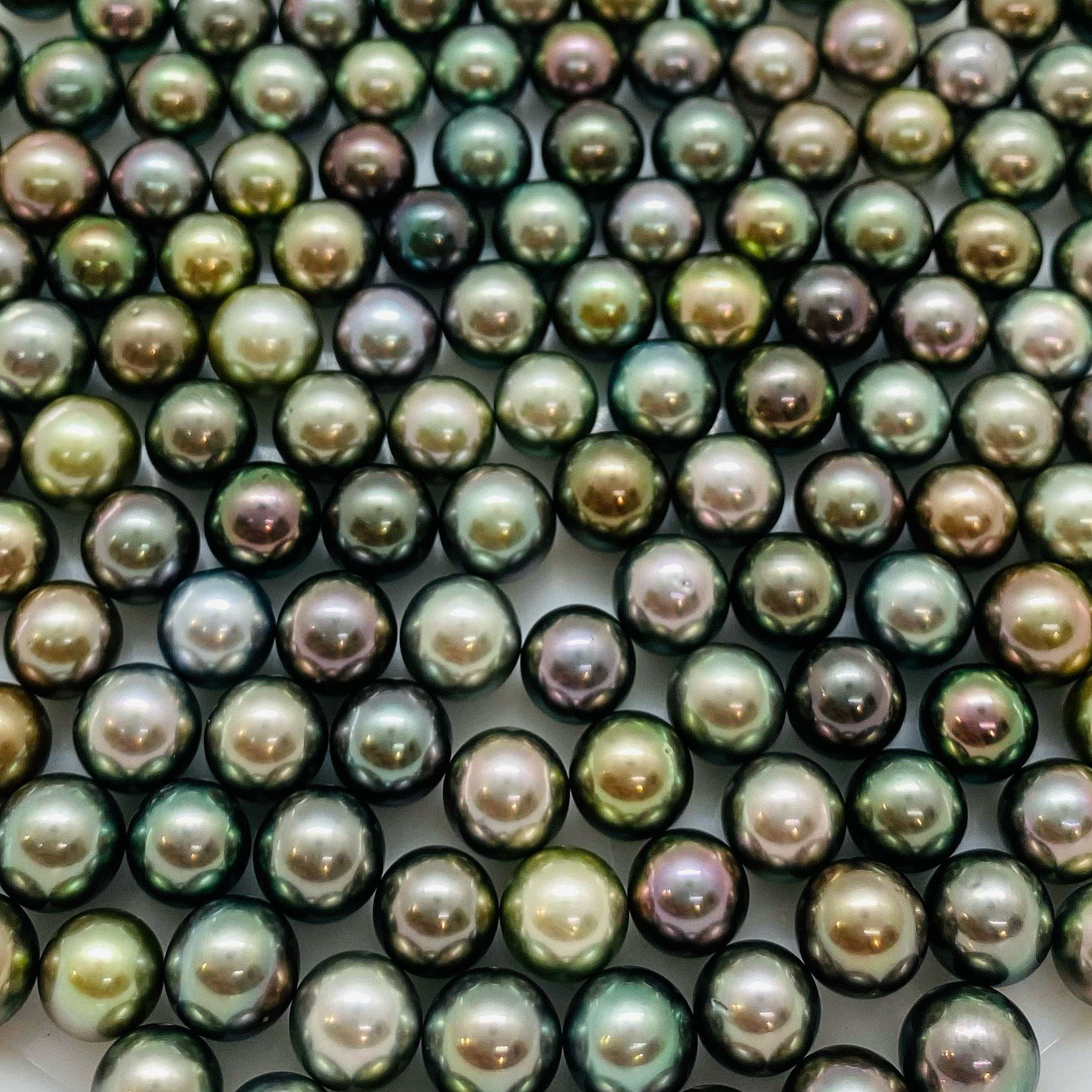
The pearl culture
In the past, pearls were obtained only by chance. These were natural pearls.
The cultured pearl was born at the beginning of the 20th century in Japan, before extending in all the archipelagos of the Pacific Ocean.
The pearl culture for the Tahitian pearl was developed in the 1960s in the Polynesian lagoons.
Natural pearls still exist but are less sought after, in spite of their rarity, because they are often irregular and very expensive.
The Life in the Pearl Farms
The culture of Tahitian pearls requires excellent quality of life of oysters and diligent maintenance of mother-of-pearls. The profession of pearl farmer is a hard work which begins very early the morning and requires a lot of energy. The grafters, who start the process, are required to carry out highly skilful work. Many years of practice are required to make a success of the majority of their grafts.
Fishermen lift heavy strings and nets of mother-of-pearl, which they clean regularly so that the oyster feeds as best as possible.
All this work is carried out under the scorching sun, on the Îles Tuamotu-Gambier .
The beauty of the Tahitian pearl is the result of taking the most exquisite things that nature and letting a skilled hand carry out complex and delicate work.
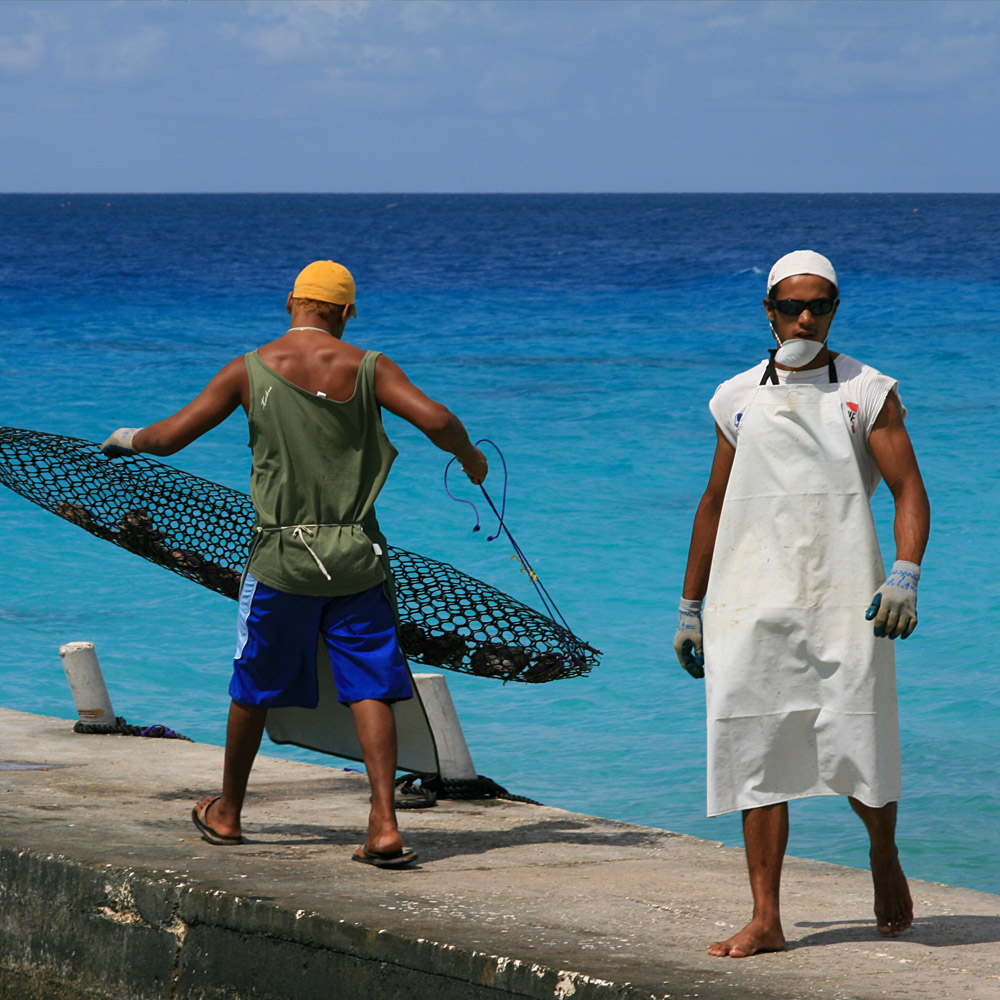
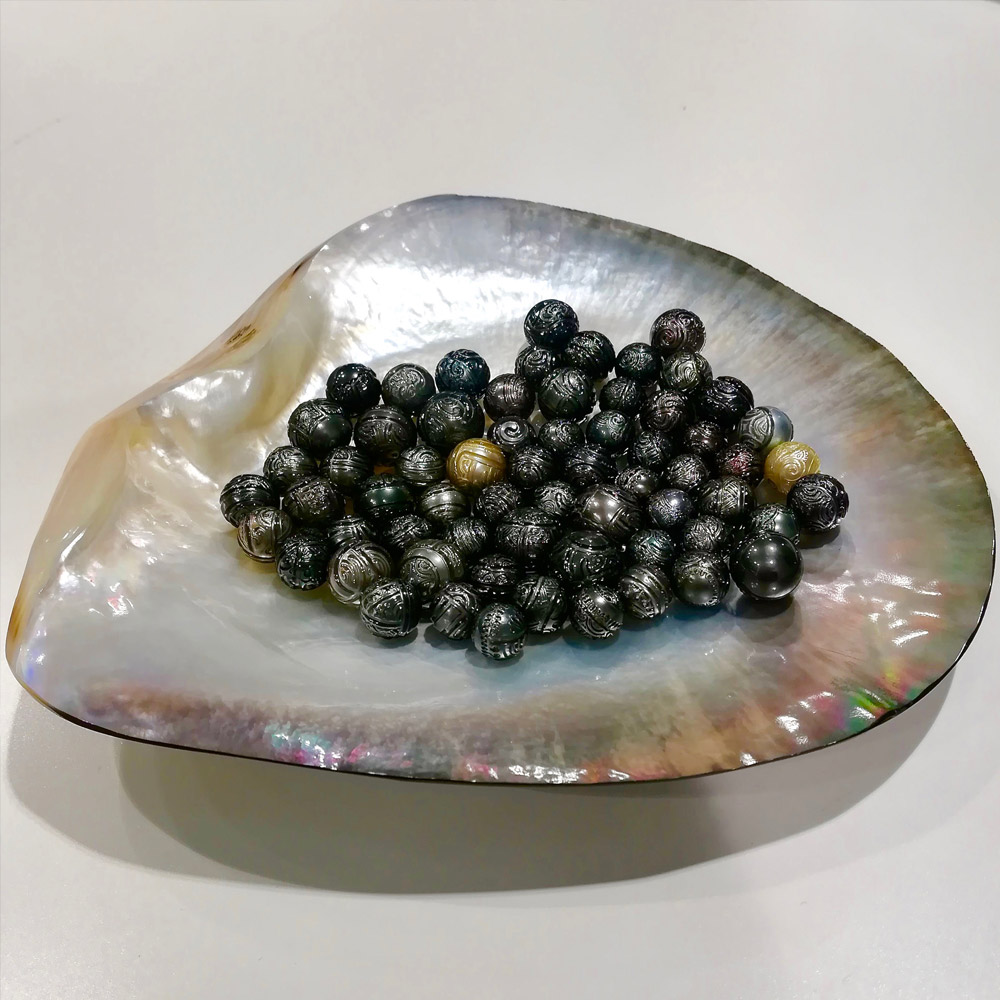
The Engraved Pearl
Round and baroque pearls are engraved in Tahiti by renowned tattoo artists.
The art of the engraving is a local know-how. In Tahitian culture, the pearls are decorated with motifs, which take inspiration from Maori tattoos.
Engraving mother-of-pearl requires a perfect understanding of this craftsmanship since the pearl is very soft and the tattoo artist is not immune to errors.
Drilling pearls
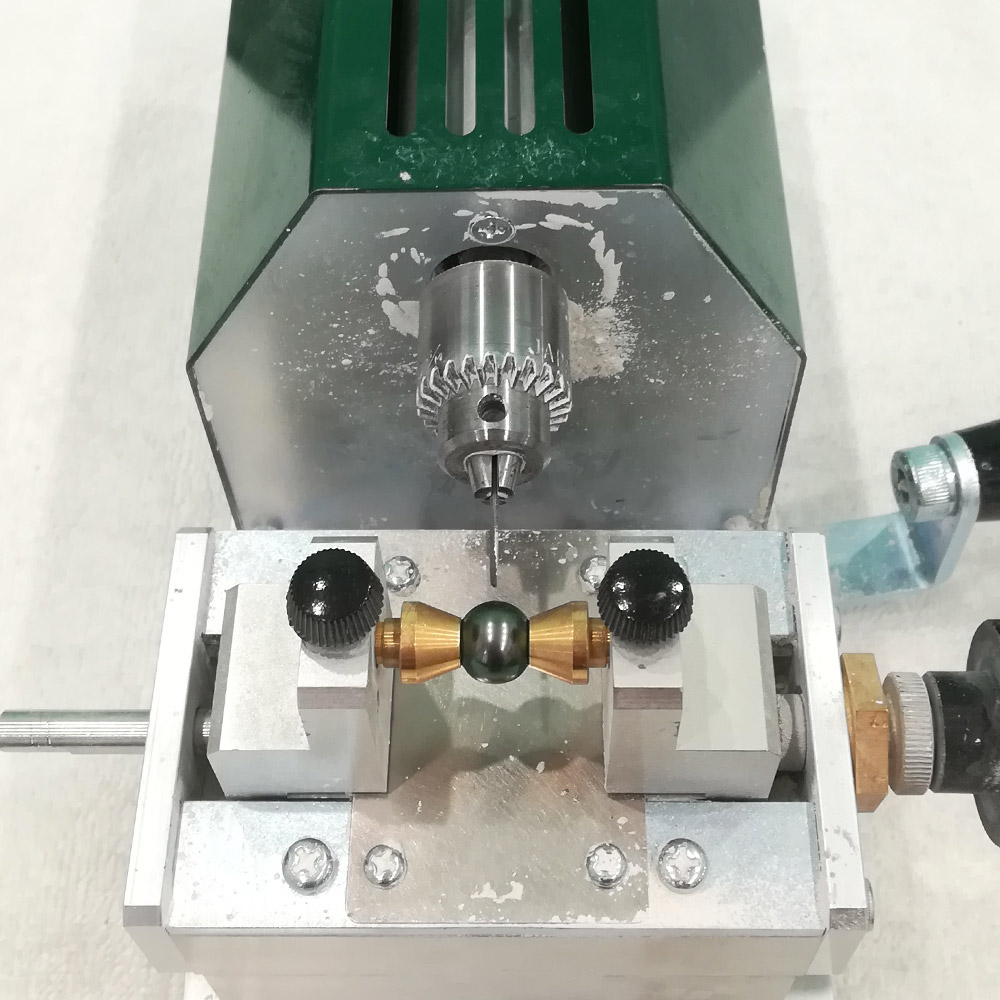

The golden age of the pearl
The period of the Renaissance (1492-1630), also called the “golden age of the pearl” by historians, was very important in the history of the pearl. In fact, these treasures arrived by whole boats on the markets of Europe to decorate the clothes of the nobles and monarchs of the time.
Throughout this period, jewellery was associated with clothing, including brooches, hat jewelry, hair jewelry, tiaras and beaded ribbons. Integrated into the clothes, it became a fashion accessory in its own right.
The pearl necklaces were present in the portrait of almost all the women of the time: Catherine de Medici (queen of France), Marie de Medici (queen mother), Elizabeth I (queen of England)…. They were great amateurs and ambassadors

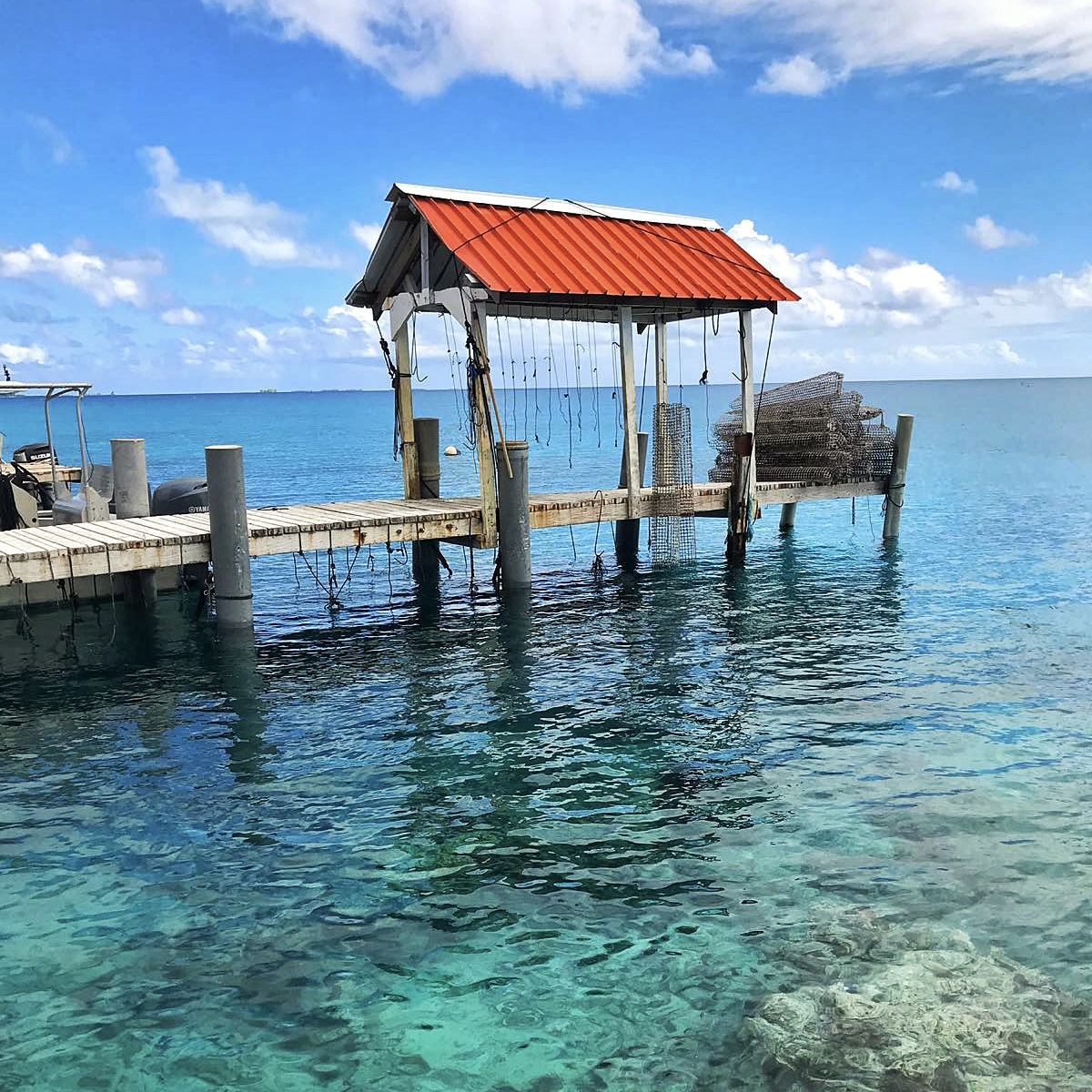
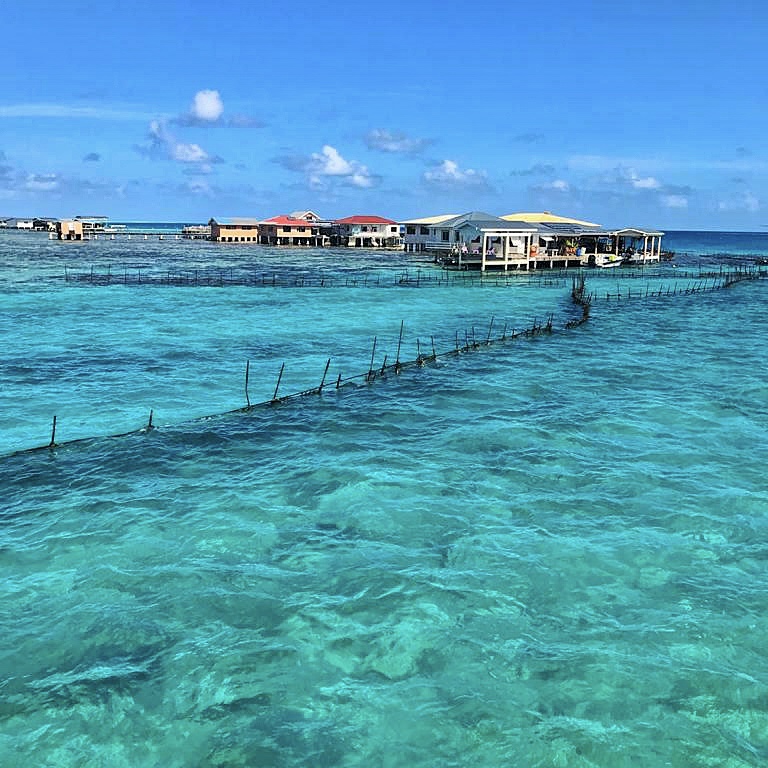
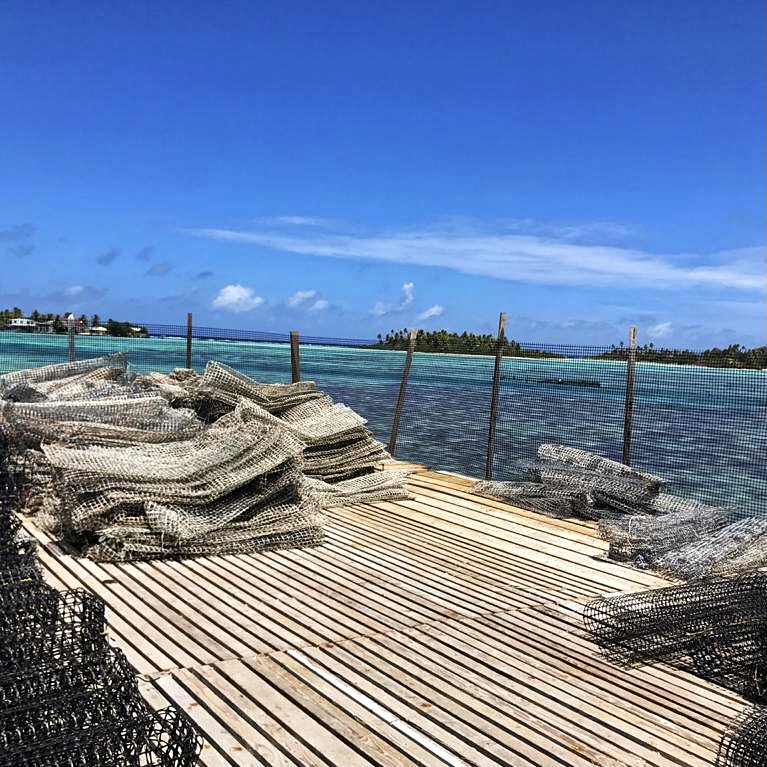
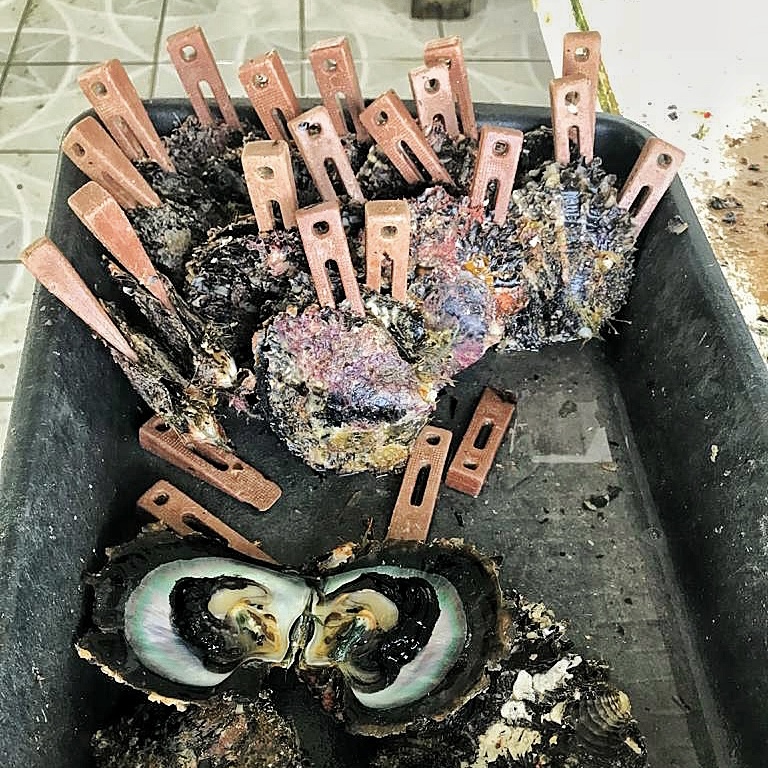
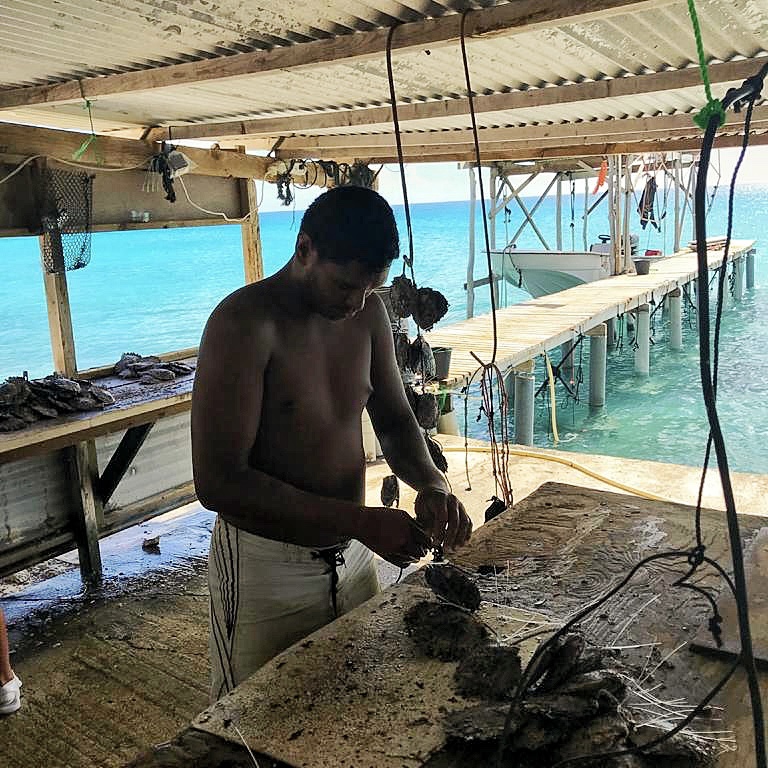
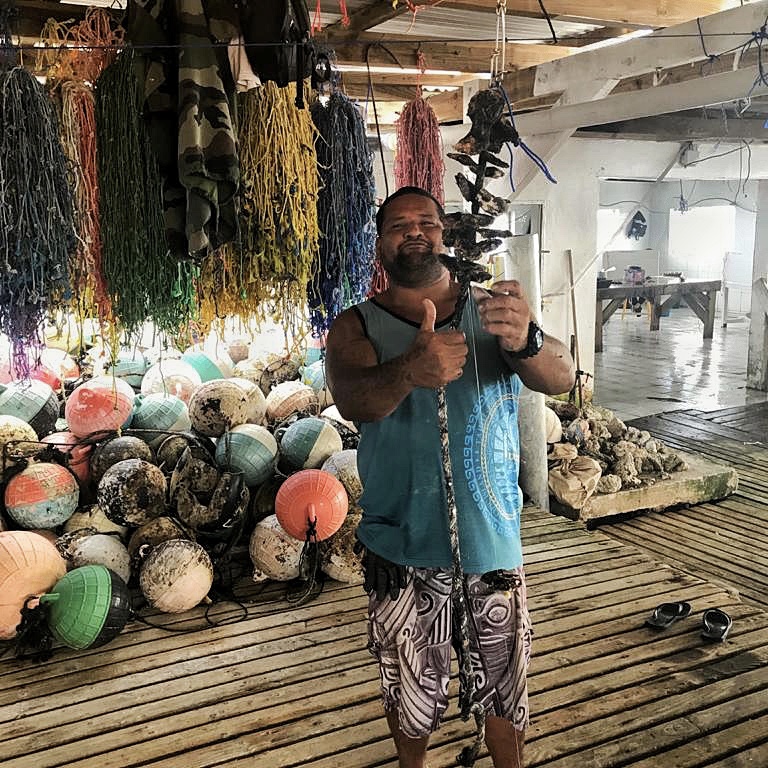
 No products in the cart.
No products in the cart.